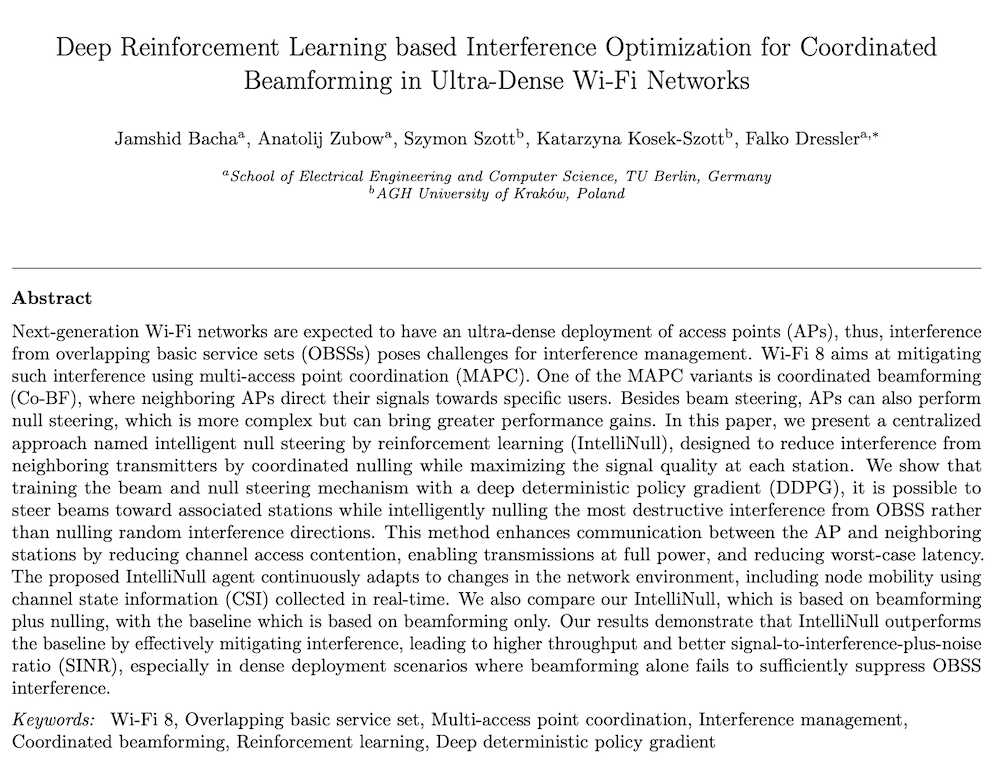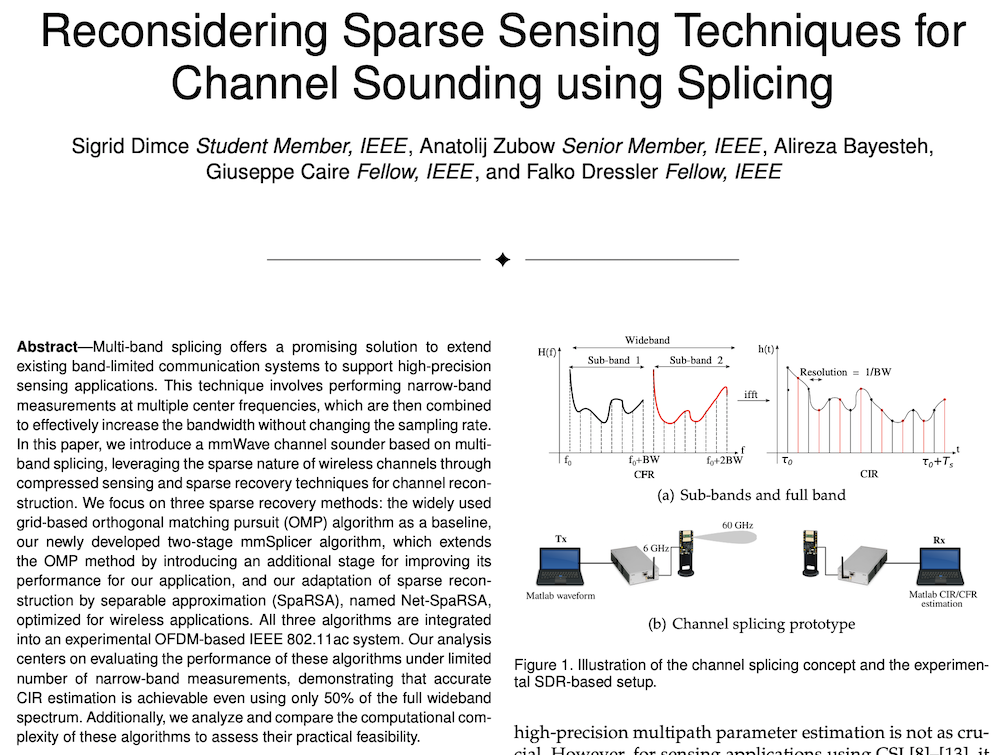Literature Database Entry
hagenauer2019architecture
Florian Hagenauer, "An Architecture for Connected Cars Providing Virtual Infrastructure and Services," PhD Thesis, Department of Computer Science, Paderborn University (UPB), June 2019. (Advisor: Falko Dressler; Referees: Falko Dressler and Marco Fiore)
Abstract
Since multiple decades, smart cities are envisioned to provide benefits to their inhabitants, e.g., an improved quality of life, economic growth, and even a sustainable environment. These benefits are enabled by a wide range of building blocks, including Information and Communication Technologies as well as smart mobility concepts. Both of them can be provided by connected cars. Such vehicles with communication, processing, and storage resources are currently introduced into the market. In this Ph.D. thesis, we propose two ways in which connected cars are able to show their potential. First, by using them to provide efficiency and infotainment services for drivers and non-drivers alike. Second, by making these cars replace and complement communication infrastructure, i.e., by providing Virtual Infrastructure. A core idea is to group connected cars in proximity and form so-called Vehicular Clouds. Our contributions answer research questions regarding cloud access, service discovery and use, as well as resource utilization. In our first contribution, we investigate connected cars as an information hub for smart cities. We propose an architecture enabling the discovery and usage of services. The evaluation indicates that our presented approaches work well, even with a low penetration rate of equipped vehicles. Furthermore, we extend the concept to freeways by adding support for long-distance service discovery. The second contribution discusses how cars can be used to provide virtual networking infrastructure. We explore how vehicular clouds, formed along streets and in parking lots, enable long-lasting connections to passing cars. Finally, in our third contributions, we investigate clouds formed using moving cars and how they manage data. Beside algorithms used for forming these clouds at geographic locations, we outline two core data management services to offload storage from a data center and collect aggregated data. Throughout our investigation, we discuss multiple improvements for these services, reducing their resource usage and enhancing their performance. To summarize, the presented architectures show that resources from connected cars are well-suited to support users in discovering and utilizing services. Further, parked connected cars are, due to the resources they can provide, indeed an alternative to building new infrastructure.
Quick access
Original Version ![]() (at publishers web site)
(at publishers web site)
Authors' Version ![]() (PDF on this web site)
(PDF on this web site)
BibTeX ![]()
Contact
BibTeX reference
@phdthesis{hagenauer2019architecture,
author = {Hagenauer, Florian},
doi = {10.17619/UNIPB/1-732},
title = {{An Architecture for Connected Cars Providing Virtual Infrastructure and Services}},
advisor = {Dressler, Falko},
institution = {Department of Computer Science},
location = {Paderborn, Germany},
month = {6},
referee = {Dressler, Falko and Fiore, Marco},
school = {Paderborn University (UPB)},
type = {PhD Thesis},
year = {2019},
}
Copyright notice
Links to final or draft versions of papers are presented here to ensure timely dissemination of scholarly and technical work. Copyright and all rights therein are retained by authors or by other copyright holders. All persons copying this information are expected to adhere to the terms and constraints invoked by each author's copyright. In most cases, these works may not be reposted or distributed for commercial purposes without the explicit permission of the copyright holder.
The following applies to all papers listed above that have IEEE copyrights: Personal use of this material is permitted. However, permission to reprint/republish this material for advertising or promotional purposes or for creating new collective works for resale or redistribution to servers or lists, or to reuse any copyrighted component of this work in other works must be obtained from the IEEE.
The following applies to all papers listed above that are in submission to IEEE conference/workshop proceedings or journals: This work has been submitted to the IEEE for possible publication. Copyright may be transferred without notice, after which this version may no longer be accessible.
The following applies to all papers listed above that have ACM copyrights: ACM COPYRIGHT NOTICE. Permission to make digital or hard copies of part or all of this work for personal or classroom use is granted without fee provided that copies are not made or distributed for profit or commercial advantage and that copies bear this notice and the full citation on the first page. Copyrights for components of this work owned by others than ACM must be honored. Abstracting with credit is permitted. To copy otherwise, to republish, to post on servers, or to redistribute to lists, requires prior specific permission and/or a fee. Request permissions from Publications Dept., ACM, Inc., fax +1 (212) 869-0481, or permissions@acm.org.
The following applies to all SpringerLink papers listed above that have Springer Science+Business Media copyrights: The original publication is available at www.springerlink.com.
This page was automatically generated using BibDB and bib2web.





